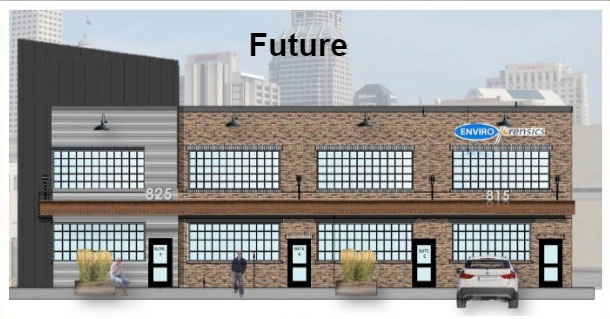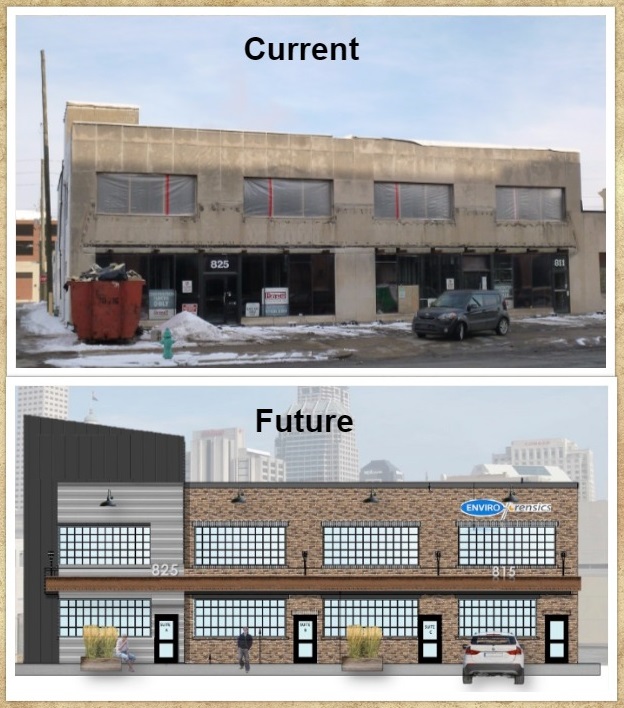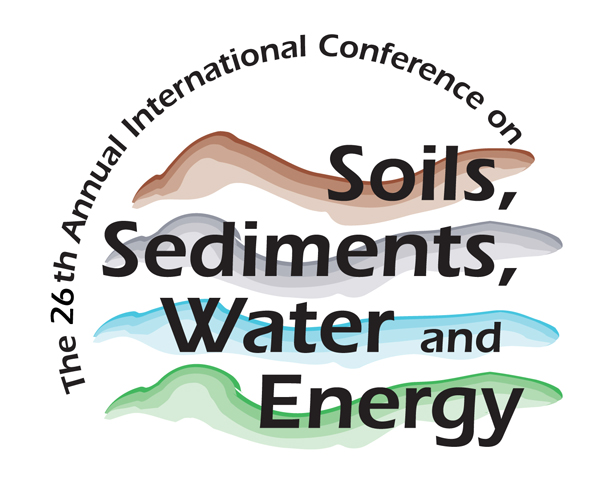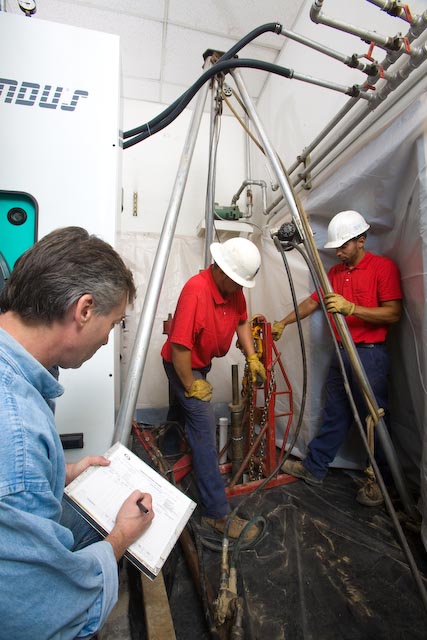Yours is a middle-sized manufacturing company headquartered in the Midwest. Last year, the bank handling your company’s refinancing required that you conduct a Phase One environmental assessment. The Phase One report showed that past use of degreasers had contaminated the soil and possibly the groundwater beneath your plant. As required by law, you reported the findings to your state’s environmental authority. The state then sent a letter requiring that your company take action to determine the extent to which groundwater or adjoining land may have been polluted. Your attorney explained that your company’s general liability insurance policies from years past could provide coverage for the cost of responding to the state’s directives. So he asked you to provide him with copies of any and all general liability insurance policies in your company’s possession.
Your risk manager pulled together your policies from the last seven years and your attorney reviewed them. He then requested that you provide earlier policies because the policies you gave him have language that absolutely excludes pollution. Your risk manager informed you that those were all the insurance records he had in his files. He then placed a call to your company’s current insurance agent who surprised everyone by saying that his agency has purged its files of policies older than seven years.
Stating that those insurance companies that issued your seven recent policies are likely the same ones that issued policies in the preceding years, your attorney wrote letters to each of them, placing them on notice of the potential property damage. Each of these carriers has now responded negatively, stating their policies do not cover and they can find no earlier policies issued to your company. Now what?
INSURANCE ARCHEOLOGY
Your attorney’s latest suggestion is an odd one. Professionals that conduct searches for lost insurance policies, known as insurance archeologists, could expand the search beyond your risk management files and beyond your insurance agent in search of older policies. Aware that hiring specialists may be expensive, you ask him to determine the cost of hiring an insurance archeologist and the likelihood that this new search for policies would be effective.
It turns out that most insurance archeologists are situated in large cities on the East Coast where they service America’s largest corporations by searching through the archives of the large insurance brokers. Could they send someone out to your neck of the woods you wonder? And how effective would they be in the Midwest? After all, your company did not purchase its insurance from the large insurance brokers in New York.
Well fortunately, there are some insurance archeologists headquartered nearby. These work primarily for mid-sized Midwestern firms like your own. And their services are reasonably priced. They are acquainted with insurance agencies in the Midwest and would not require an expensive travel budget to visit them. What is more, they routinely work for mid-sized manufacturers like yours and they have success rates in the 70% range. You have checked them out and have selected one but he wants to begin by coming to your place of business and reviewing your records. Wouldn’t this be a waste of money? After all, your risk manager and your attorney have already pulled your policies together. No, actually not to allow the insurance archeologist to begin at the beginning would be a waste of money. Because insurance archeologists search for missing policies every day, they recognize evidence of insurance that the untrained eye might not recognize. They are not just looking for policies but parts of policies, such as endorsements or declarations; and searching for accounting records such as audits, premium notices, cancelled checks, etc. that might identify insurance.
Why wouldn’t you spend a few thousand dollars on an effort to retrieve old insurance policies that could net you several hundred thousand dollars in defense and indemnity costs? Hiring a Midwestern-based insurance archeologist will be the optimum way to approach this problem. The proofs of insurance they provide your attorney will be the start of a process that ultimately settles this matter and allows you to move on to focus on running your business.
This blog post was originally posted on the PolicyFind website, located here.
About the Author:

David A. O’Neill, J.D.
Director of Investigations, PolicyFind
David A. O’Neill is the Director of Investigations for PolicyFind, the Insurance Archeology division of Environmental Forensic Investigations, Inc., where he has been locating proofs of lost and misplaced historical liability insurance policies for clients since 2003. Mr. O’Neill holds a law degree from Case Western Reserve University and has been engaged in insurance archeological investigation since 1993.
At PolicyFind, Mr. O’Neill has primarily worked on behalf of businesses in search of a defense to state environmental authority property damage enforcement actions. In this regard he has specialized in the location and retrieval of lost general liability policies for dry cleaners. Also, his activities have included finding lost product liability insurance policies for building supply companies defending against asbestos and silica exposure claims. Mr. O’Neill has also worked on projects managed by insurance company claims specialists seeking policies issued by other carriers in efforts to spread the risk in environmental or asbestos related claims defenses. Further, on occasion PolicyFind’s clients have included churches and school boards seeking to locate policies to provide defense against long-tail claims of sexual battery by teachers and clergy. He has served as an expert witness for policyholders engaged in litigation with their insurers.
As the Insurance Research Manager for Risk International Services, Inc. from 1993 to 1998, Mr. O’Neill’s primary responsibility was to locate proofs of insurance for a nationally known waste hauling corporation engaged in an effort to settle its claims and sell its policies back to insurers prior to a sale of its assets. This was an insurance archeology effort that spanned five years and focused on the retrieval of insurance policies issued to nearly 2000 acquisitions.
Mr. O’Neill previously spent several years investigating property damage claims for the insurers of major U.S. Corporations named as responsible parties at hazardous waste sites throughout the Midwest. Earlier, he conducted Potentially Responsible Party Searches as a subcontractor for United States Environmental Agency Regions V and VIII.
Mr. O’Neill is a member of the Insurance Library of Boston.





